
Shin Splints
Shin splints is an enigmatic condition that broadly describes pain along the inside edge and/or the front of the shin bone. The medical name for this condition is Medial Tibial Stress Syndrome, and is defined as an over-use injury caused by repetitive stresses on the shin bone, induced by running and jumping activities. Although not life threatening, shin splints can be very disabling and has the potential to advance to more serious injuries of the shin bone if not management well(1).
Shin splints, or Medial Tibial Stress Syndrome, is the most common musculoskeletal injury in runners, afflicting 9.5% of this population at a time. In addition, it is very prevalent in those who have experienced a sharp spike in their usual physical activities, such as newly recruited dancer or soldiers(2). Primarily this is because athletes, professional or recreational, are very prone to training errors when they drastically increase their training load. However, biomechanical factors can also play a part, for example: foot posture, knee motor control and muscle imbalance.
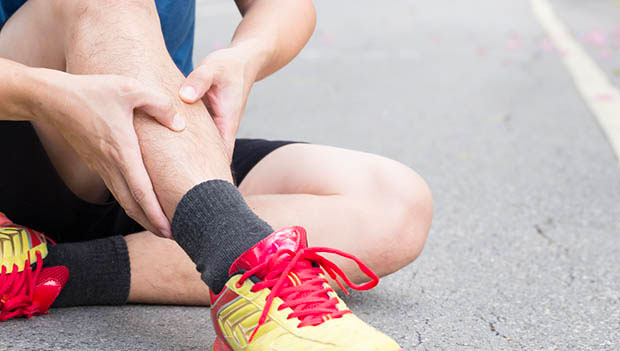
What does Shin Splints look like?
People with Shin Splints will complain of vague pain and tenderness along the lower portion of the shin bone. Pain will usually be worse at the beginning of activity and “warm-up” – lessening as a person continue. In addition, pain will usually subside after activity is stopped. However as the condition progresses, a person may also experience symptoms at rest and pain with less strenuous activities, such as walking.
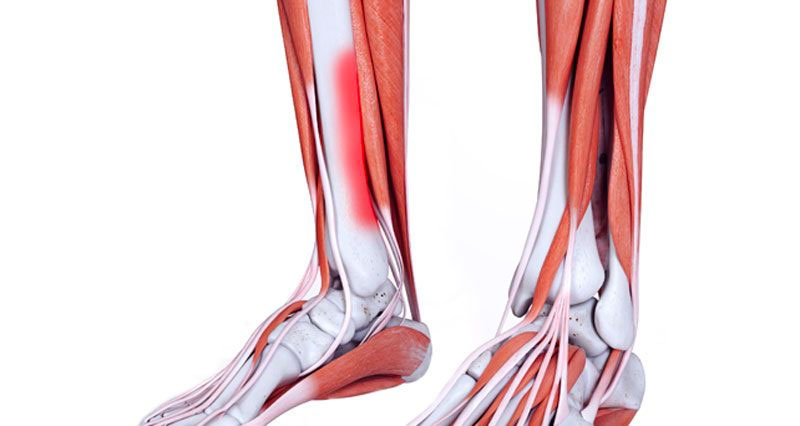
What causes pain in Shin Splints?
Historically, Shin Splints has been a difficult condition to define because it has the potential to cause injury to 3 different layers of the shin.
- The muscle tendon – the thick fibrous tissue that attached the shin muscles to the bone,
- The periosteum – a layer of connective tissue which encases the bone, on which the muscle tendons attach, and
- The tibia – the long bone at the front of the lower leg (i.e. the shin bone)
Every time we run or jump, the muscles of the lower limb contract and hence pull at the 3 layers of the shin. If this is happening at abnormally high rates – i.e. during a sudden increase in activity – the repeated traction of the muscles can cause micro-tearing at the level of the tendon, periosteum or bone. As the injury progresses to the end of the spectrum, it can cause break-down of the bone, which untreated, this can lead to a stress fracture of the tibia.
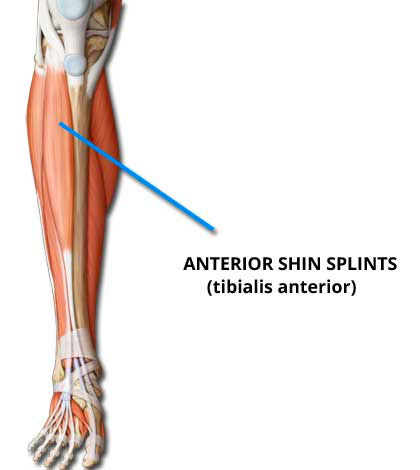
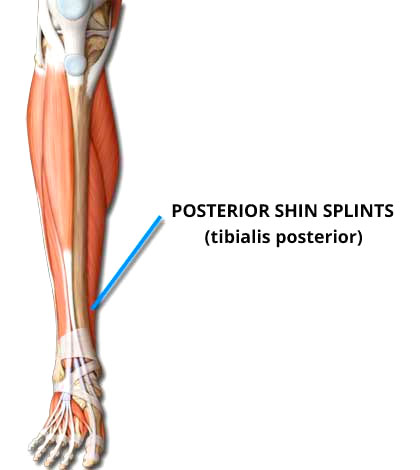
How do we treat Shin Splints?
If a person’s shin splints are very disabling and irritable, the first thing a Physio may do is modify an individual’s training volume. This may mean a period of rest or a reduction in the amount of training a person does. Additionally, modalities such as ice, anti-inflammatory medication or massage may be helpful in settling pain(1).
Following this, a personalised exercise program is required to address all the muscle imbalances or strength deficits that are contributing to the overload at the shin. Commonly, this involves strengthening the local calf and shin muscles, and later on, developing core and pelvic stability. An individualised “return to run” plan may also be indicated.
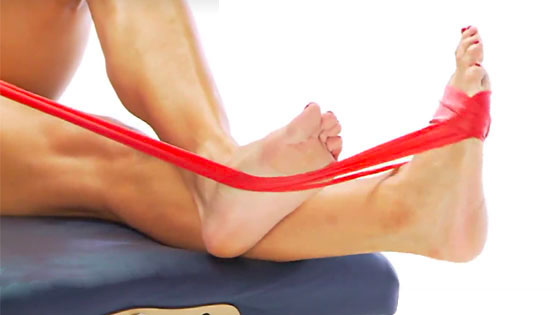
References
1. Galbraith, R. M., & Lavallee, M. E. (2009). Medial tibial stress syndrome: conservative treatment options. Current reviews in musculoskeletal medicine, 2(3), 127–133. doi:10.1007/s12178-009-9055-6
2. Lohrer H, Malliaropoulos N, Korakakis V, Padhiar N. Exercise-induced leg pain in athletes: diagnostic, assessment, and management strategies. Phys Sportsmed. 2019 Feb;47(1):47-59. doi: 10.1080/00913847.2018.1537861. Epub 2018 Nov 5. PubMed PMID: 30345867.
